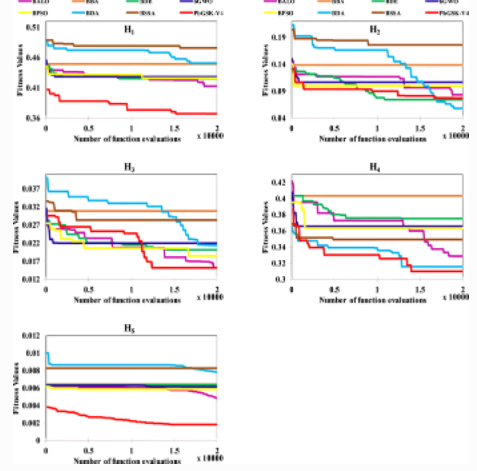Breadcrumb

Simplified modelling for power consumption of base station sites in mobile telecommunications systems
Reducing energy consumption is a global concern for all industries. Modern communications systems facilitate human interactions compared to previous ages. Telecommunications and IT are among the fast-growing industries with rapid demand for more energy. Moreover, the wide adoption of wireless mobile communications applications has resulted in installing massive numbers of Base Station (BS) sites to serve the rapid demand for wider mobile coverage and the growing need for more capacity and speed. These Base Stations are responsible for the major part of the energy needs of mobile wireless systems. Understanding and modelling the main factors affecting energy consumption within the BS are essential steps to be able to optimize their energy consumption. This study is providing a novel approach to identify and model the main factors affecting energy consumption of the macro BSs whose equipment is hosted inside special air-conditioned rooms (shelters). This approach depends mainly on Design of Experiment (DOE) technique. This technique is allowing to identify the significance of the main control factors affecting the energy consumption with a reasonable specific number of experiments. Statistical methods and tools were used to decide on the significant and non-significant factors. Hence, simplified model was generated using multiple regression technique. Validation experiments were performed to check the model accuracy which showed that it ranges from 68% to 95%. Finally, this research work is providing a simple and practical model for designing and planning power requirements of the Base stations. Moreover, software tools can be easily developed to simulate this model due to its simple inputs and direct linear calculations that ease programming requirements to a great extent. © 2020 Towards the Digital World and Industry X.0 - Proceedings of the 29th International Conference of the International Association for Management of Technology, IAMOT 2020. All rights reserved.



